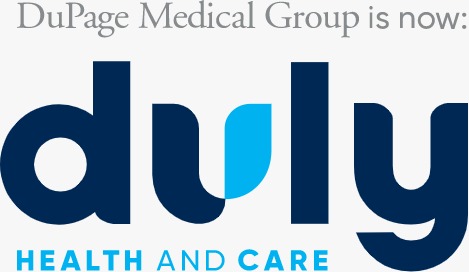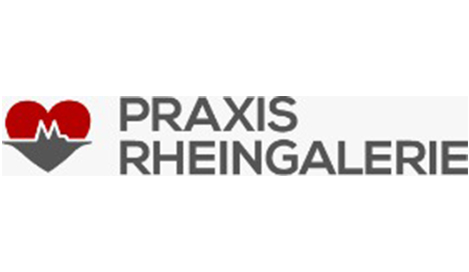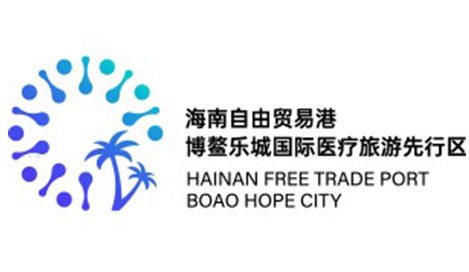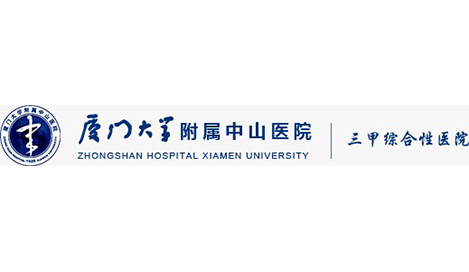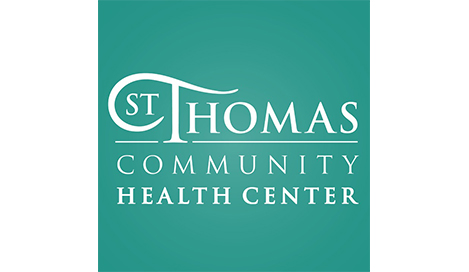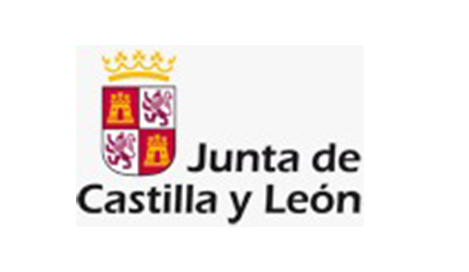Structural Heart

Transcatheter Aortic Valve Replacement (TAVR) is an effective method to treat patients with symptomatic, severe aortic stenosis who are at high surgical risk. Patient selection, device selection and sizing, and access strategies heavily rely on noninvasive imaging. CT imaging is widely used for pre-procedure assessment of the aortic root, evaluation of the access route, prediction of appropriate projection angles for device deployment, and device sizing. Sizing based on CT measurements significantly reduces the incidence of paravalvular regurgitation, compared with device sizing using two-dimensional echocardiography. In addition, CT-based vascular access planning has been shown to reduce vascular access complications. Post-procedural CT imaging supports the assessment of procedural success, evaluation of device positioning, and identification of asymptomatic complications.
Using CardioGraphe for TAVR provides 4D imaging of the heart for a whole heartbeat and imaging of the range from the aortic arc to the femoral arteries in automatic sequence with a single contrast injection.
Other CardioGraphe applications include: planning and monitoring the placement of other implanted cardiac devices, planning electrophysiology procedures, and diagnosis of congenital abnormalities.
Using CardioGraphe for TAVR provides 4D imaging of the heart for a whole heartbeat and imaging of the range from the aortic arc to the femoral arteries in automatic sequence with a single contrast injection.
Other CardioGraphe applications include: planning and monitoring the placement of other implanted cardiac devices, planning electrophysiology procedures, and diagnosis of congenital abnormalities.
© 2023 Arineta Ltd, All Rights Reserved









